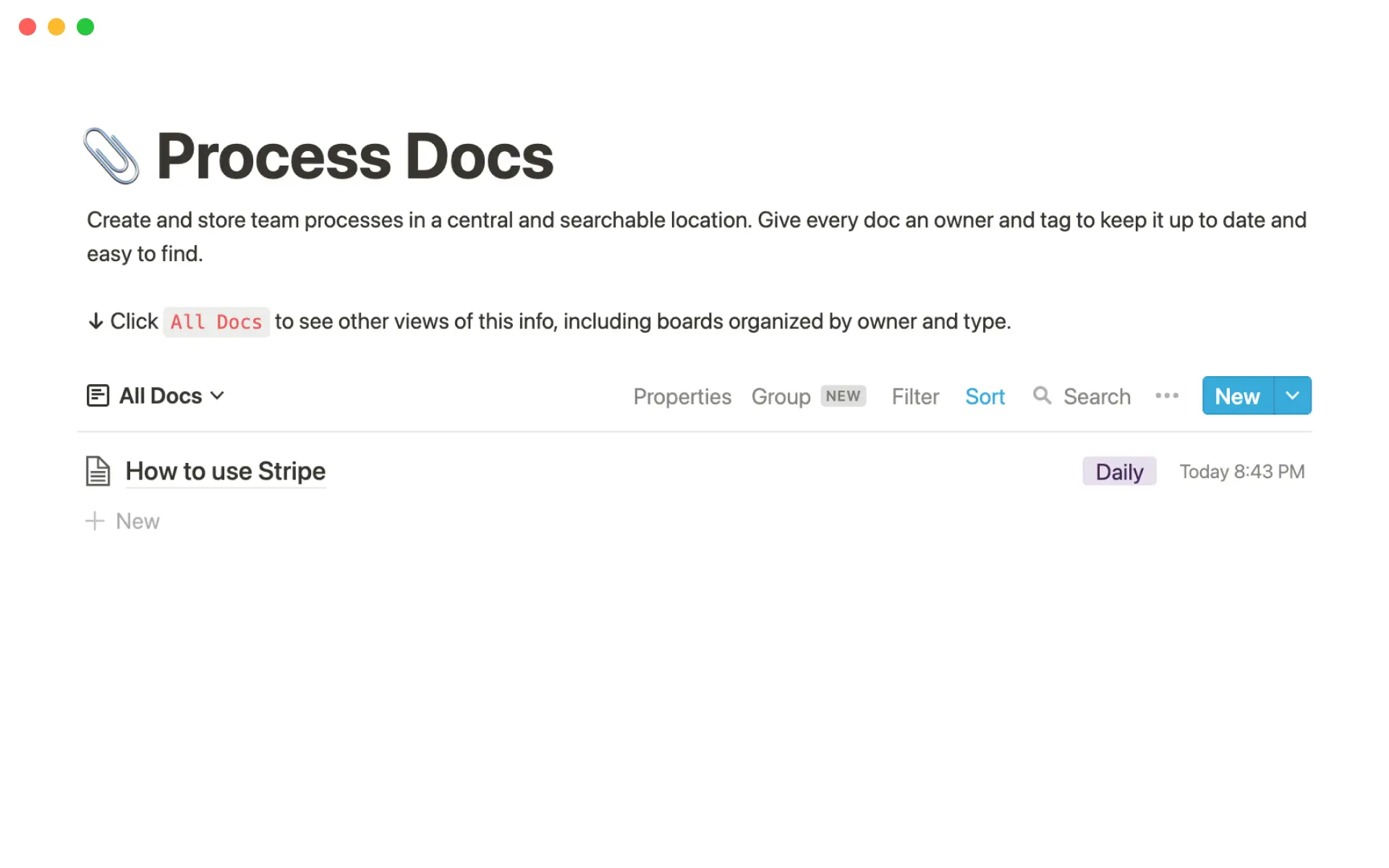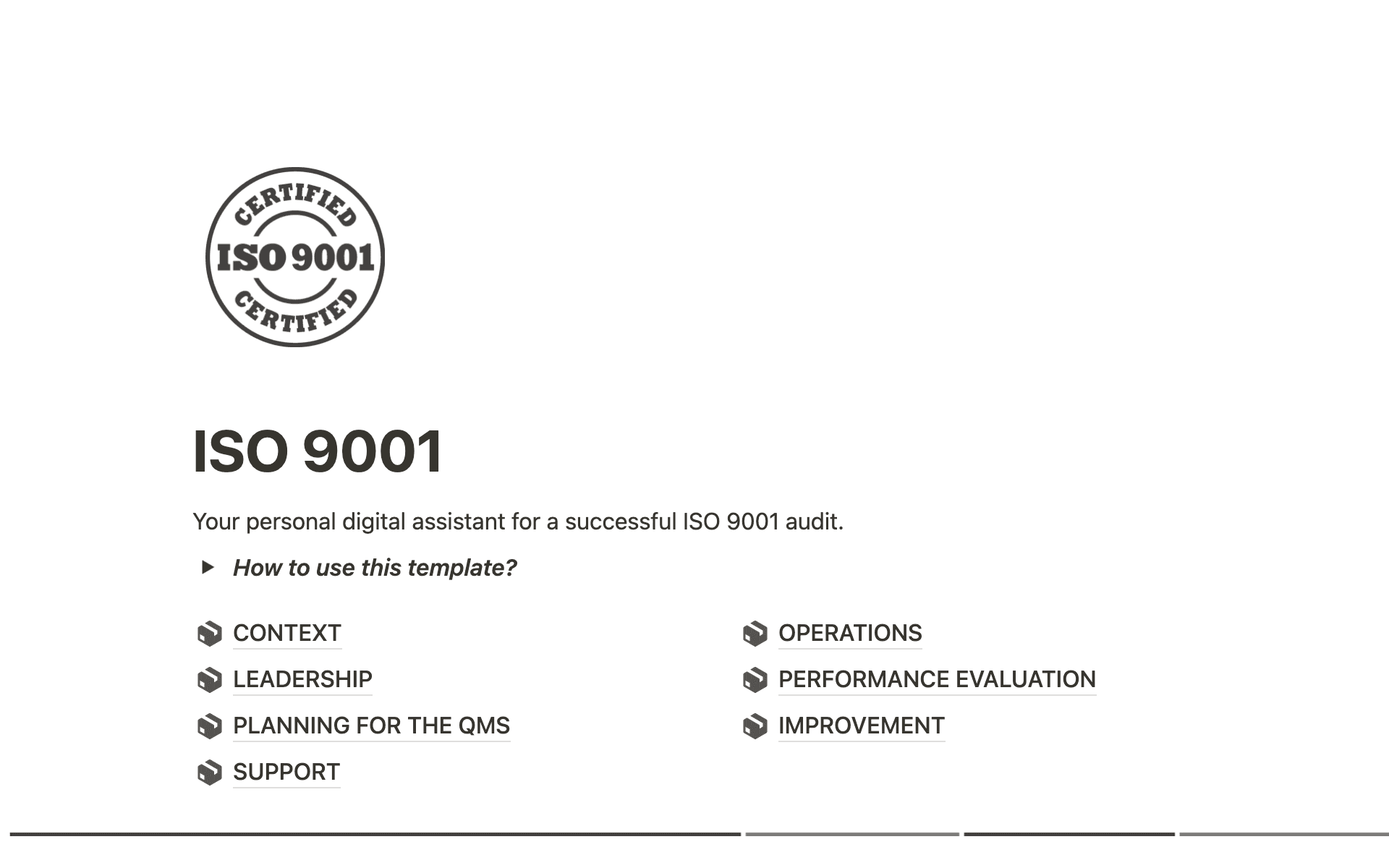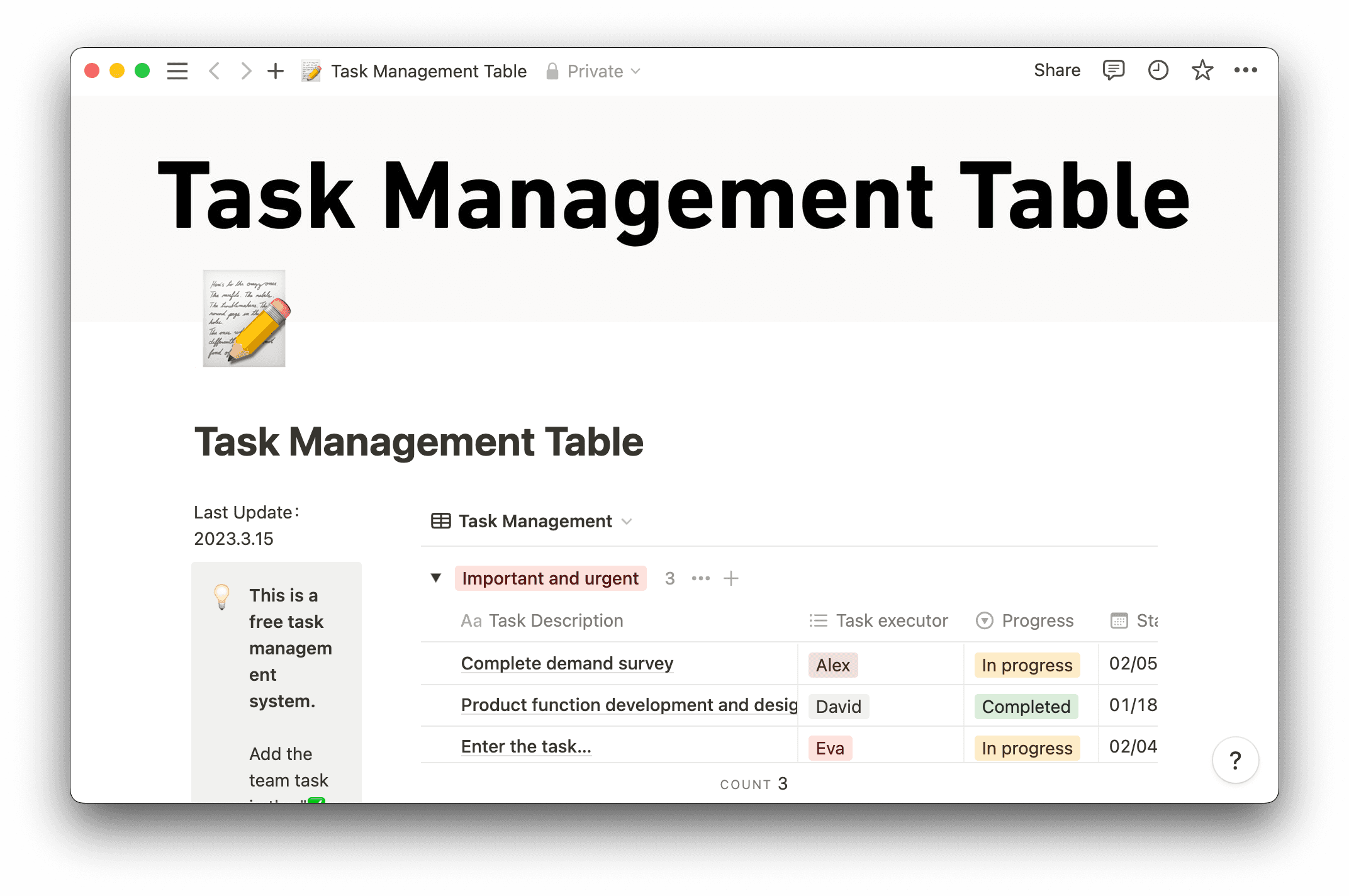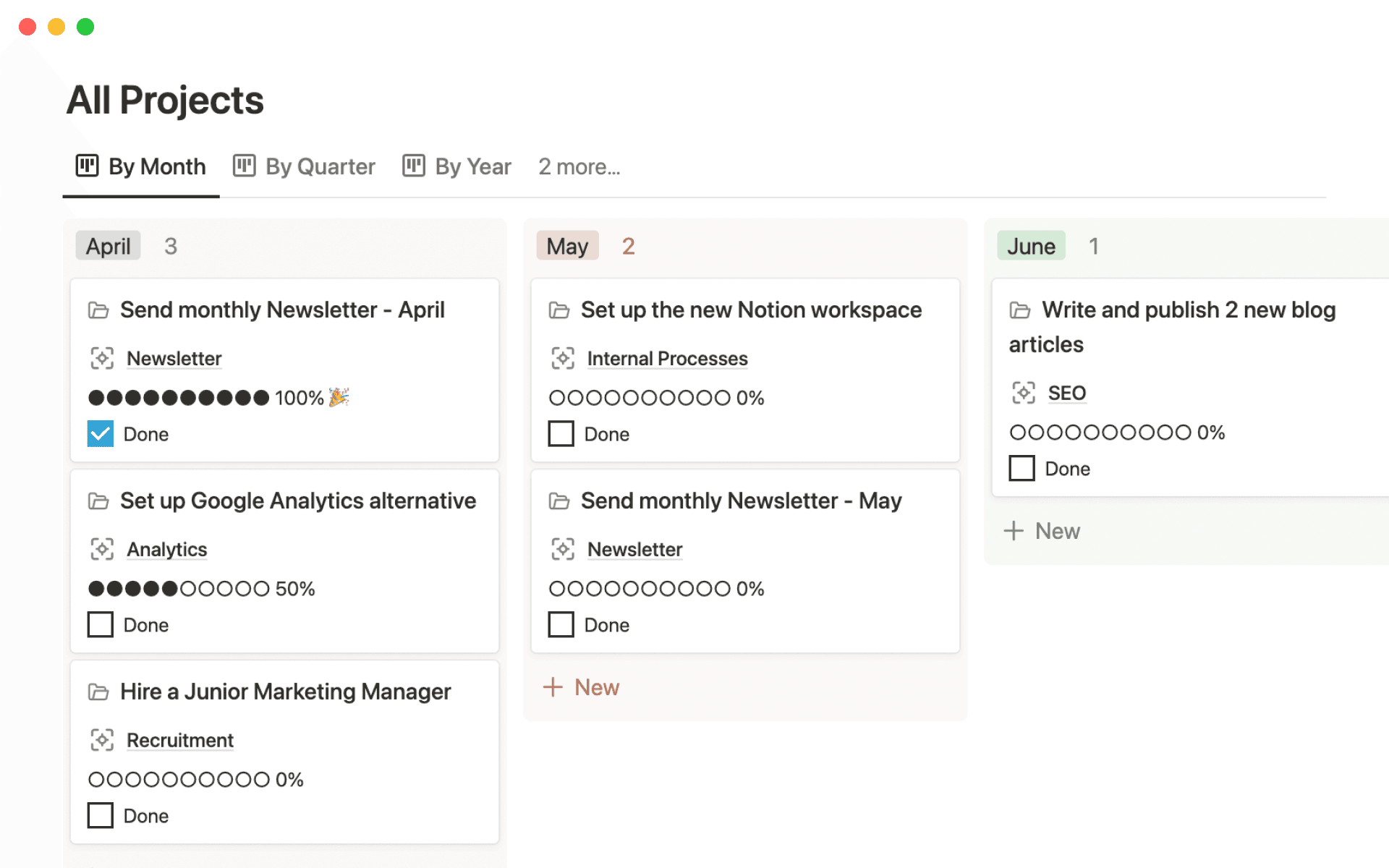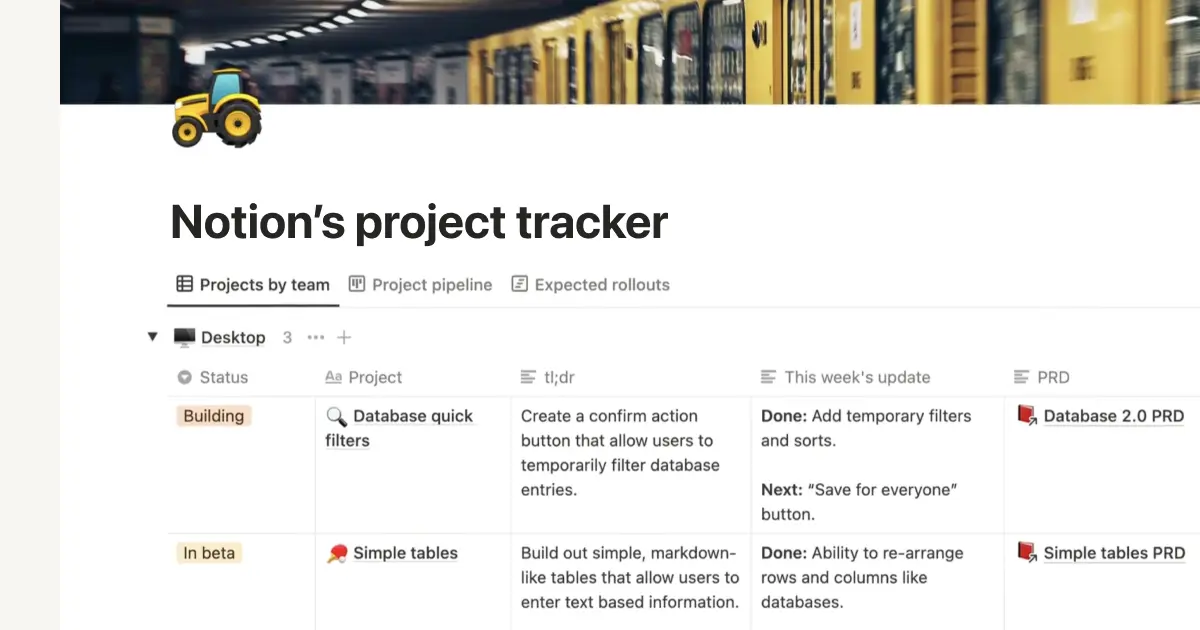Say you’ve launched a popular calendar app. It’s known for its ease of use and aesthetically pleasing themes. And loyal customers love your customer service and branding — so they’re spreading your name through word-of-mouth.
You're happy to watch the company grow, but notice that your app’s getting buggy. Your developers tell you it’s hard to keep up. And the constant demand for new calendar themes and color schemes isn’t helping.
It’s now that you realize that your existing business processes are outdated and ineffective, and they no longer have the impact they used to. In this situation, it’s time to take the next step with efficient business process management (BPM).
What’s business process management?
BPM is a holistic approach to improving an organization's working processes. It focuses on streamlining repetitive workflows, reducing costs, and ensuring all operations align with your company's long-term vision — all to achieve higher productivity and customer satisfaction.
This might sound similar to task and project management strategies. Task management focuses on one task at a time, while project management deals with one-off, individual projects. But BPM encompasses more than just tasks and projects and looks at the routine processes you repeat over time, like months or years.
BPM promotes a continuous cycle of optimization and adaptation to keep up with evolving markets, demands, and objectives. From startups to enterprises in any industry, you can apply this strategy to streamline each facet of your company.
What are the types of business process management?
Like many management processes, BPM has multiple types for easy categorization. These include:
Human-centric BPM — this type puts people at the center of its operations. While AI and automated tools are up and coming, there are some tasks only a human can execute. You could delegate job posting and applicant tracking to AI, but there's nothing like a one-on-one interview between two humans to gauge a candidate's fit.
Document-centric BPM — team members lose time when they engage in repetitive, mundane tasks like switching between tools and apps. Integration-centric BPM aims to seamlessly integrate all of these systems, giving you time to focus on networking and innovation.
Integration-centric BPM — this BPM type focuses on industries and teams dealing with extensive documentation, such as healthcare, insurance, and legal sectors. Document-centric BPM automates and approves significant paperwork and stores these records for future reference.
Many companies implement a combination of these strategies to meet their goals. And BPM systems constantly evolve, so mixing various features from each type is the best way to create a comprehensive long-term plan that’s flexible enough to keep up.
The 5 stages of the BPM lifecycle
By splitting business processes into different phases, you can more easily track milestones and identify problem areas. Here are the five basic stages of a BPM lifecycle:
1. Design
Start your BPM journey by defining and designing the business processes you’re familiar with and plan to implement. Create a detailed outline with the roadmap template below, specifying how each team should function and delegate roles and responsibilities to team leaders and their departments.
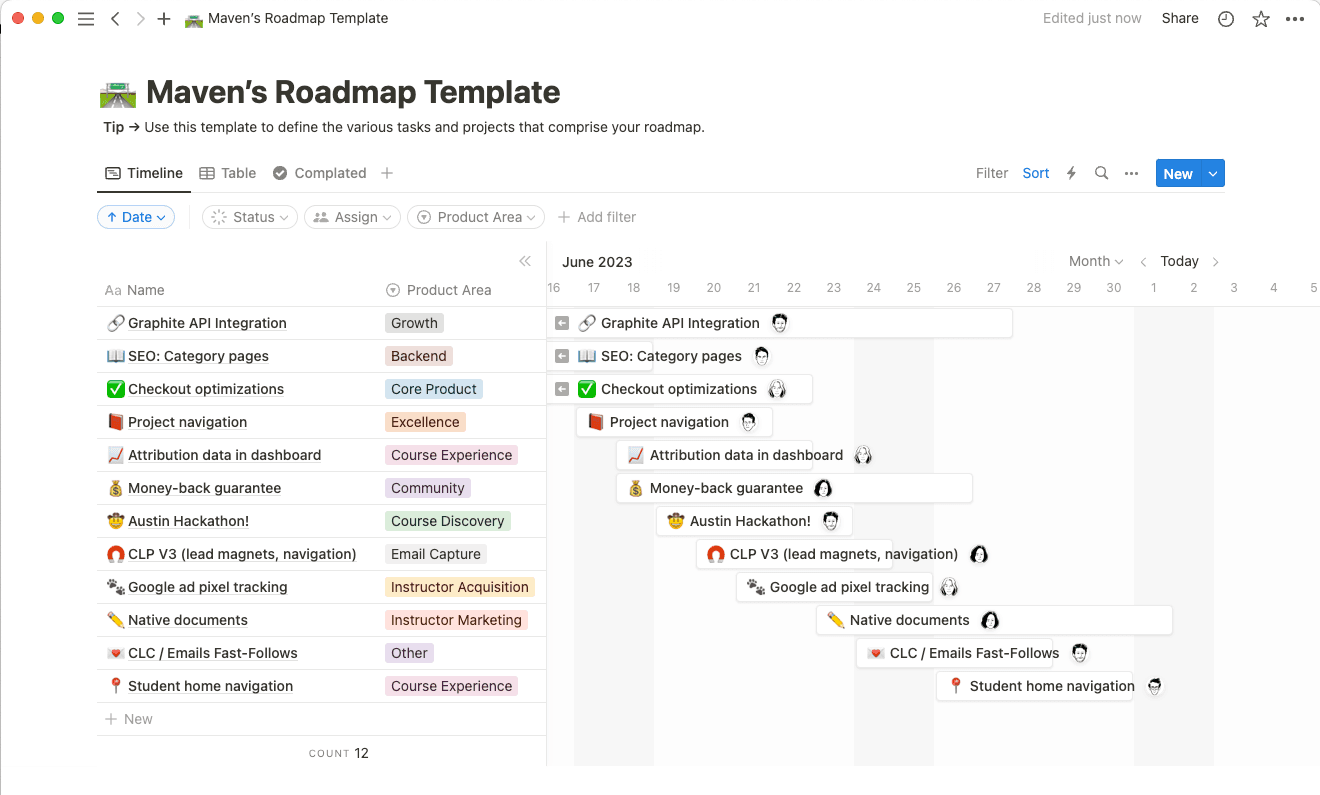
2. Model
In the modeling stage, you build on the design phase by visualizing your processes. This should include a timeline, the projects you aim to complete in that period, and task descriptions. With proper modeling, team members and stakeholders can easily perceive your BPM's vision and the flow of activities.
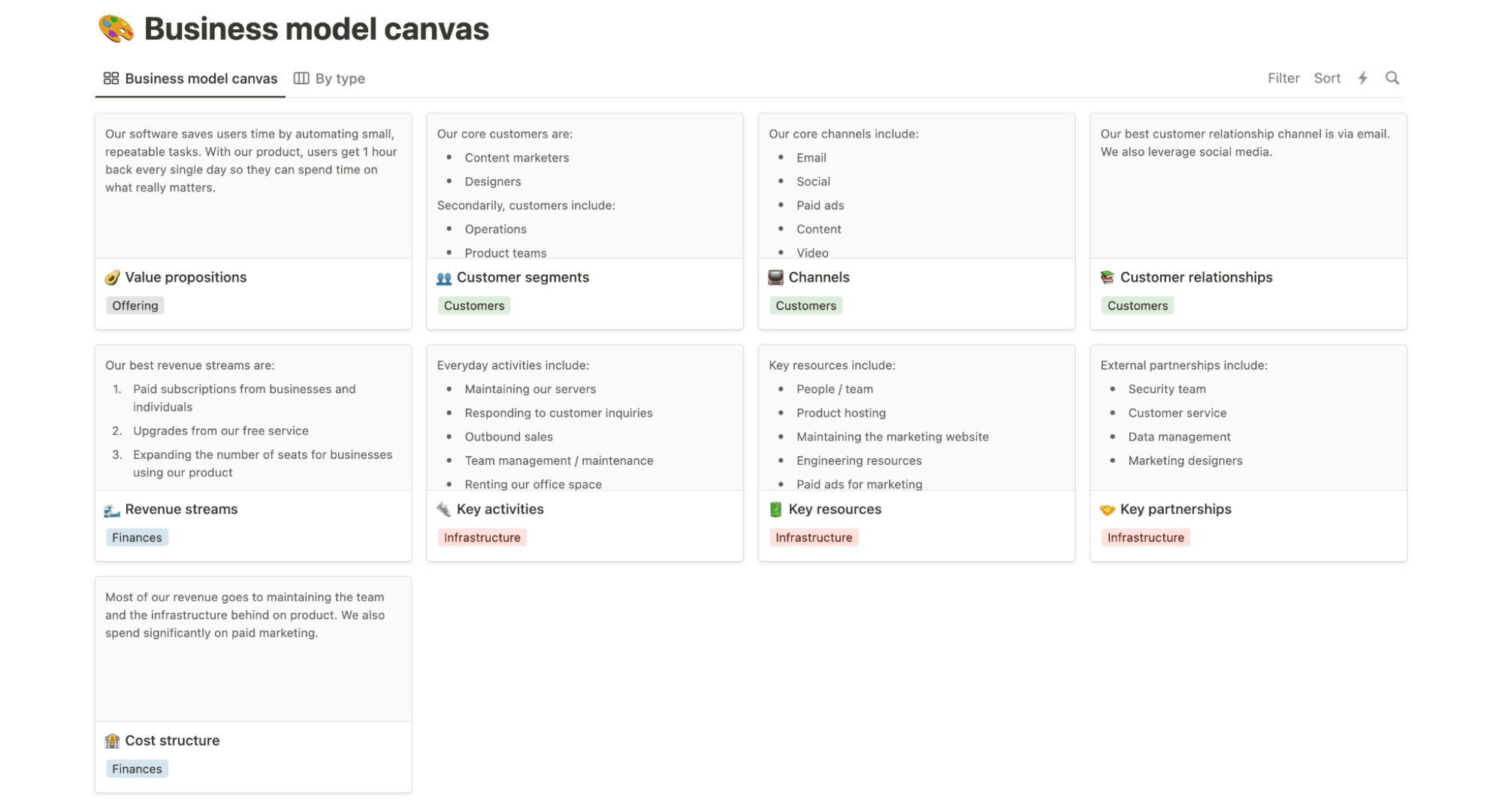
This business model canvas template allows you to create a visual canvas and categorize each key metric and activity. It gives you a clear bird’s-eye view of your BPM model in a single location that everyone on your team can access.
3. Execute
This is where you put your process designs and models into action. Run a pilot project with a small audience and put your new business strategy into practice to see how it works. You can also use various tools, like automation software and AI, to streamline execution as you go.
If all goes well and you have a proof of concept, ask stakeholders and team members for input and make process improvements accordingly.
4. Monitor
Keep tabs on your projects in the penultimate stage by tracking them in real time. Analyze the KPIs you established during the design phase and use your business model canvas to measure efficiency and compliance. Not everything will go well right away — that’s part of the process.
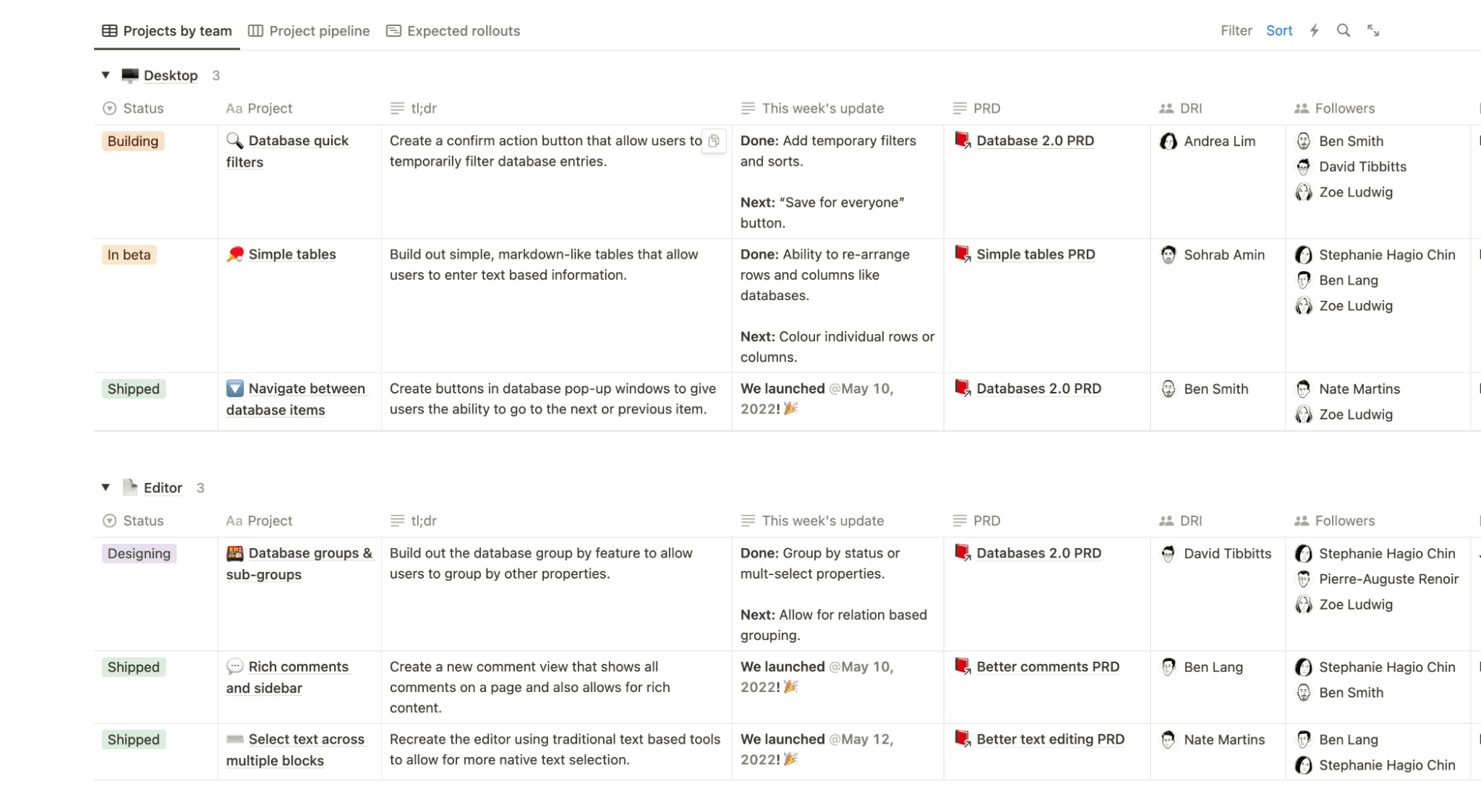
Notion’s project management template provides a comprehensive layout to streamline tracking across different to-dos. You can filter projects by completion status, add weekly updates, and even include a summary of roles and responsibilities so everyone knows what’s going on at a glance.
5. Optimize
Use the insights from the monitoring stage to enhance any processes that need improvement. Here, you'll streamline operations, reduce inefficiencies, and adapt to shifting requirements and goals.
Optimizing your BPM approach is an ongoing procedure that often leads you back to the first stage, but that's just how it works. You’ll constantly refine your BPM to achieve the highest level of efficiency possible.
Business process management examples
The BPM lifecycle can apply to pretty much anything, whether you’re improving your forecasting process or working on a continuity plan. Here are a few examples of what BPM might look like in practice:
Streamline content distribution — companies in the media and entertainment industry can use BPM for content distribution and visibility, approval, and rights management. It can ensure relevant content reaches the right audiences on time across multiple channels and platforms.
Improve customer service — customer service agents can use BPM to better manage inquiries, requests, and complaints. They might use it to find the best way to issues to the appropriate agents, monitor response times, and track customer ratings. And automation could drive routine interactions and simple requests while collecting transcripts and feedback for frequently asked questions.
Help with budgeting and finance — organizations can save time by creating templates for recurring orders across departments. BPM can optimize invoicing, track expenses, and generate quarterly, monthly, or annual reports. It could also deploy robotic process automation (RPA) for repetitive accounting to replace manual reviews and reduce human error.
Enhance HR processes — HR departments can use BPM to optimize anything from employee onboarding to performance reviews. By structuring recruitment and workforce management processes, they could improve operations and gain more insight into how team members are doing.
What are the benefits and challenges of BPM?
Like any management process, BPM comes with its fair share of benefits and challenges — regardless of industry and operational workflow. Streamlining and automating processes is a win in the long run, but doing it right requires discipline.
Benefits
When you approach it with confidence and clarity, BPM can help you make even the most time-consuming tasks faster. Here are more ways it could benefit your team:
Enhanced efficiency and productivity — by streamlining or even eliminating mundane processes, BPM lets you focus on more strategic and innovative endeavors, saving time and increasing productivity.
Cost reduction — efficient BPM often leads to improved resource allocation, reduced operational costs, and lower resource requirements.
Higher customer satisfaction — BPM can improve customer service and make sure your audience receives the right products and services, leading to greater loyalty and satisfaction.
Risk mitigation — you can automate compliance and risk management practices by identifying bottlenecks faster and using data to foresee potential down-trends in the market.
Data and analysis — effective BPM provides real-time data and analytics, helping you make informed, data-driven decisions.
Challenges
In business, no process is without challenge. Here are some potential cons to keep an eye out for if you’re thinking of implementing BPM:
Resistance to change — team members who work within existing business processes may oppose BPM implementation if it requires them to standardize familiar routines.
Initial investment — depending on the size of your organization, BPM may require significant expenditure for software, employee training, and process redesign.
Long-term sustainability — with shifting markets and resource constraints, maintaining and refining BPM systems can be challenging in the long run.
Data security — BPM includes many automated and digital transformation processes, meaning sensitive information, like financial data and your company’s privacy policy, could become vulnerable to cyber threats.
Work smarter with Notion
Regardless of your industry or role, you can always standardize methodologies to improve your company's efficiency and agility. Even as a team member, you can implement small-scale BPM systems that may work wonders for your department. One of them might be moving all your documentation to a central location — and that’s where Notion comes in.
With Notion, you can create a knowledge base for your team and use templates to make information-sharing faster. You’ll increase productivity and efficiently manage workflows through organized, clear digital processes. Try Notion today.

